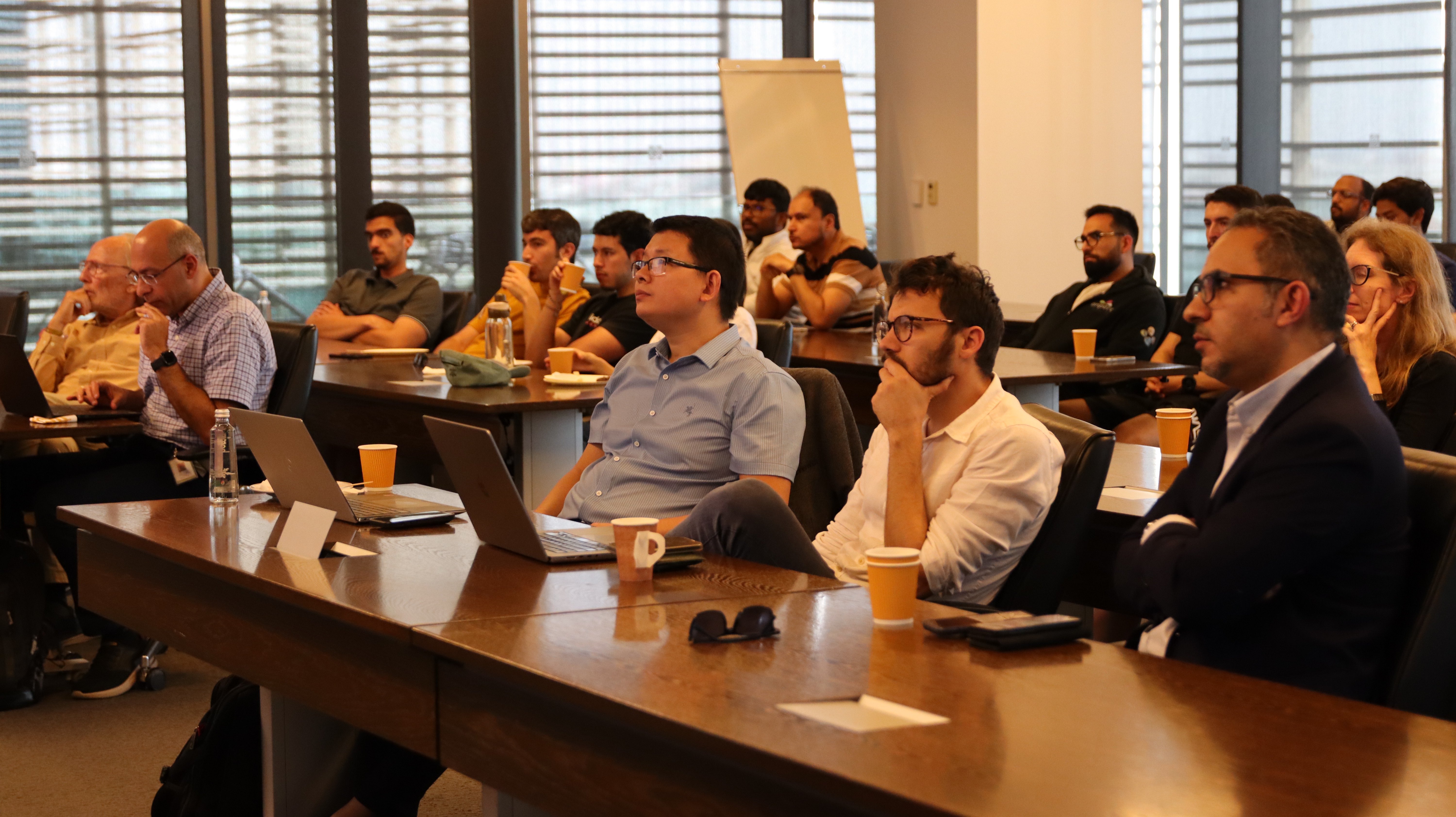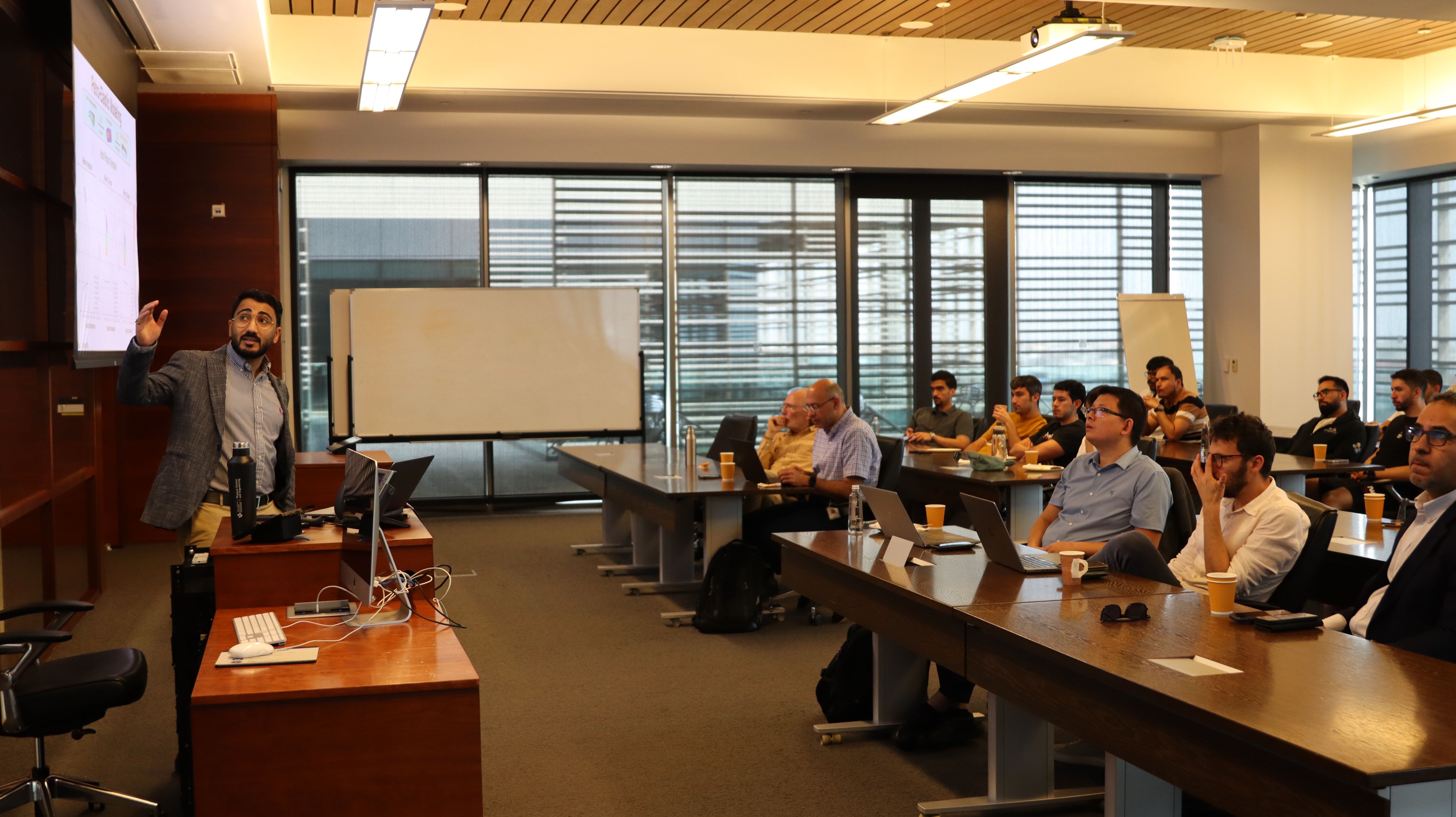
24 April, 2024
Hussain is an MS candidate at King Abdullah University of Science and Technology supervised by Assicoate Professor Bicheng Yan and Assistant Professor Matteo Ravasi in the Energy Resources and Petroleum Engineering program. His research focuses on enhancing geological CO₂ sequestration monitoring by integrating reservoir flow and petroelastic modeling with Graph Neural Networks to improve the prediction accuracy of CO2 plume migration.
Integrating Reservoir Flow Modeling, Petroelastic Modeling, and Graph Neural Networks to Enhance Monitoring of Geological CO₂ Sequestration
The thesis study focuses on carbon capture and storage (CCS) as a feasible solution to mitigate climate change, which requires precise monitoring of CO₂ injection and migration within subsurface formations. Traditional geophysical methods often struggle to capture complex interactions between geological formations and injected CO₂, especially at varying spatial resolutions. This study introduces a multi-disciplinary approach combining geological modeling, reservoir flow simulations, petroelastic modeling, and deep learning to enhance the monitoring CO₂ plume migration.
To achieve this, synthetic reservoir models simulate CO₂ injection scenarios, with petroelastic modeling assessing changes in elastic properties such as P-wave and S-wave velocities, and density. The dynamics of CO₂ plume evolution are captured through integrated reservoir and petroelastic modeling, providing a detailed spatial understanding of the injected CO₂. A Graph Neural Network (GNN) framework trained on these models predicts CO₂ saturation, enhancing the ability to monitor CO₂ plume migration effectively.
The results demonstrate the model’s high predictive accuracy, effective handling spatial heterogeneity and adaptive spatial resolutions. This study advances CO₂ sequestration monitoring, showcasing the advantages of the integration of advanced machine learning with traditional geological modeling.


